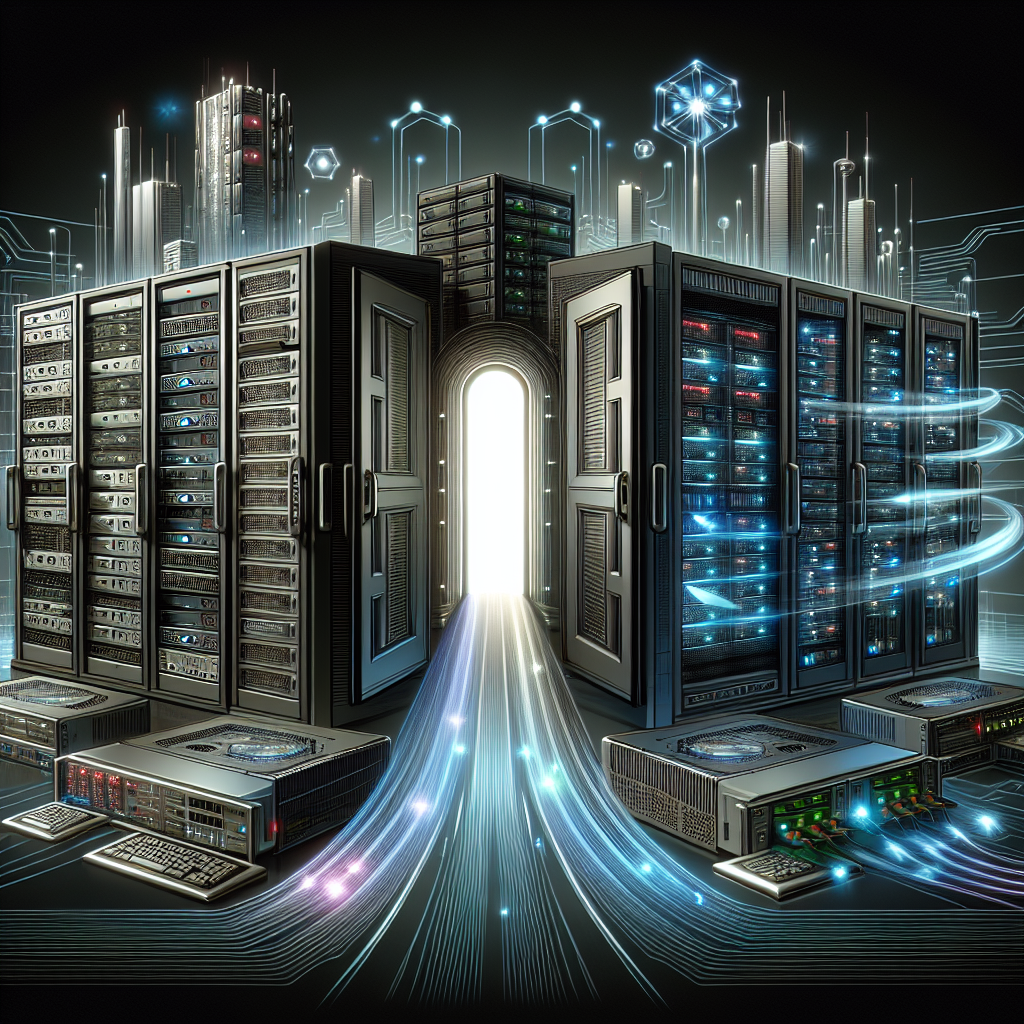Data centers play a crucial role in today’s digital world, serving as the backbone for storing and processing vast amounts of data. As technology continues to evolve at a rapid pace, data center storage technologies have also been advancing to keep up with the growing demand for storage capacity, speed, and efficiency.
The evolution of data center storage technologies can be traced back to the early days of computing when data was primarily stored on magnetic tapes and hard drives. These traditional storage methods have gradually been replaced by more advanced technologies such as solid-state drives (SSDs) and cloud storage.
One of the key drivers behind the shift towards SSDs is their superior performance compared to traditional hard drives. SSDs are much faster at accessing and retrieving data, making them ideal for applications that require high-speed data processing. Additionally, SSDs are more durable and reliable than hard drives, as they do not have moving parts that can wear out over time.
Cloud storage has also emerged as a popular storage solution for data centers, offering scalability, flexibility, and cost-effectiveness. With cloud storage, organizations can easily scale their storage capacity up or down based on their needs, without the need to invest in additional hardware. This flexibility is particularly valuable for businesses that experience fluctuating data storage requirements.
Looking ahead, the future of data center storage technologies is likely to be shaped by emerging trends such as edge computing, artificial intelligence, and the Internet of Things (IoT). Edge computing, in particular, is driving the need for storage solutions that can support real-time data processing at the network edge. This requires storage technologies that are highly responsive and capable of handling large volumes of data in a decentralized environment.
Artificial intelligence and IoT are also driving the demand for storage technologies that can support the processing of massive amounts of data generated by these technologies. As AI algorithms become more sophisticated and IoT devices become more prevalent, data centers will need storage solutions that can handle the increased workload and complexity of these applications.
In conclusion, the evolution of data center storage technologies is an ongoing process that is driven by the need for faster, more efficient, and scalable storage solutions. As technology continues to advance, data centers will need to adapt and innovate to meet the growing demands of the digital age. By staying ahead of the curve and embracing new technologies, data centers can continue to play a vital role in powering the digital economy.


Leave a Reply